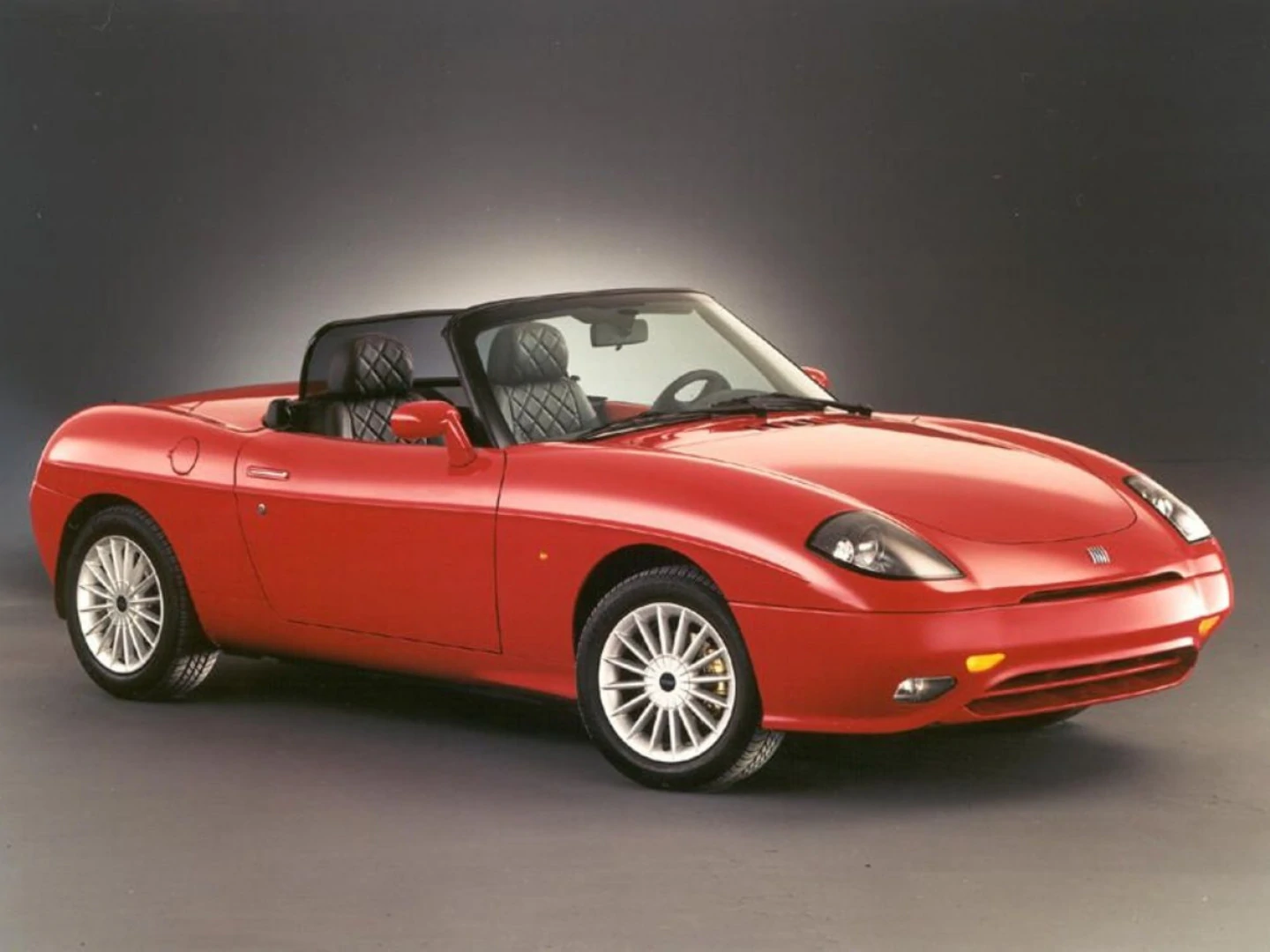
Lada Niva - Soviet SUV
In the first half of the seventies, the UAZ 469 was put into production - a Spartan SUV, well known for its service in the army, police, and later in the Polish police. The very simple design of the car guaranteed easy repairs and at the same time almost zero comfort on the road. The authorities of the Soviet Union directed the production of the car mainly to the needs of law enforcement agencies. The quality of Soviet roads meant a clear shortage of a vehicle with higher cross-country ability than the Moskvich 408 or Lada 2101.
Back in 1971, the first projects of a smaller SUV than the UAZ were drawn up, which were originally prepared with an open body. Only a few years later it was decided to create a version with a closed body. The design has also become more civilized over time, especially in terms of style.
The body of the Niva was so different from other SUVs produced in the USSR that to this day there are rumors that the authorities of the Soviet Union bought a license for the body (or the entire car) from the Italians. This is possible because Fiat cooperated with the USSR and other bloc countries by selling car licenses. What's more: since the 2101s, the Campagnola SUV has rolled off the Fiat assembly line, so SUV technology was no stranger to Italian designers. Regardless of whether the Lada Niva was a completely Soviet project or not; there is no doubt that its technological basis used Italian solutions known to Soviet designers, for example, according to Lada.
A characteristic feature of the Zhiguli was its self-supporting body structure, which guaranteed the car's light weight. Pure SUVs were built on the basis of a frame, which increased cross-country ability, but also weight. So the Niva was basically a '65 SUV - it looked like an SUV, but was actually more suited to forest trails than very rough terrain. However, one cannot deny the good off-road capabilities of the presented Lada - it will cope perfectly even with a 58-centimeter ford and climb a hill with a slope of up to degrees.
Car production began in 1977 and continues to this day! Of course, a number of upgrades have been made over the years, but the character of the Niva has remained the same. Initially, under the hood was a small gasoline unit with a volume of about 1,6 liters and a power of less than 75 hp. Today, the car offered on the Polish market (model 21214) has a 1.7 engine with a power of 83 hp. Despite the increase in power and a slightly more modern design (multiported fuel injection), the car does not show good performance - it barely accelerates to 137 km / h, making an incredible amount of noise. City and highway ride comfort is very poor, and fuel consumption can cause heart palpitations. According to the manufacturer, the Niva needs 8 liters of fuel even outside the city, and in mixed driving you have to take into account the fuel consumption of 9,5 liters. An aggressive driving style will make fuel consumption even higher, and due to the lack of power, you often have to “trample” even in city driving.
In 1998, a new version of the Niva (2123) was announced, based on the design of the seventies, but providing an attractive silhouette. In this version, the car has been produced since 2001 under the Chevrolet Niva brand. The car is equipped with a Russian 1.7 engine with a power of 80 hp. or the 1.8 engine from Opel, which produces 125 horsepower, more suitable for a car of this size. In both cases, the Niva provides permanent all-wheel drive and acceleration to 17 km/h in 100 seconds. The export version with a General Motors engine will accelerate to 165 km/h. Average fuel consumption is 7-10 liters. The model designed for the domestic market is more fuel-efficient - it consumes from 10 to 12 liters of gasoline. The car is sold in a version with a five-door body (with a trunk opening to the side), as well as a van and a pickup truck. Currently, this Niva model is not available in Poland, but lovers of Soviet technological thought can purchase a Lada 4x4, that is, a Niva 21214 with an old body and a 1.7 engine that meets the Euro 5 standard. The car in this version is available for approx. . PLN, which does not make it the cheapest car in the segment!
Until recently, the biggest advantage of the Niva was the low price, but today it is less than 40 thousand. PLN, you can buy a modern Dacia Duster with a 1.6 engine with 110 hp. The car guarantees higher driving comfort, lower fuel consumption, but in the field it will not be as bold because it does not have a 4x4 drive. There is also no chance that we will buy a Duster clutch for PLN 200 and a headlight for PLN 80. For Niva, it is easy to find spare parts at such low prices with us.
Foot. Barn

